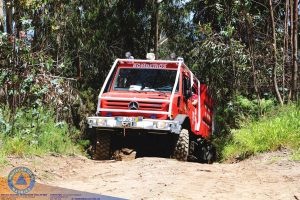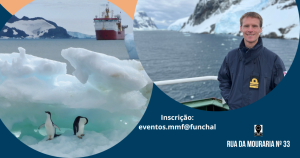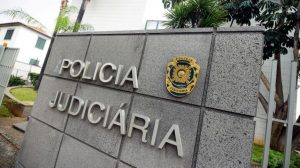Last updated on 31st July 2023
We (www.madeiraconsorcio.com) visited the Civil Protection Centre in Cancela (SRPC) (https://www.procivmadeira.pt/pt/)
Water supply
We have no waters shortages as yet, but we have more residents and tourists. Many municipalities still have to replace old water pipes to prevent water loss (Rua Bom Jesus: done; Rua Joao de Deus: being done now). Sta. Cruz still has 70% water loss in its pipes. The information to the Public should be better, as the recent destruction of city trees has caused outrage. However, these trees have destroyed the water network, so it was decided that when the pipes were replaced to remove the old ones and plant different trees whose roots are not so vigorous or water hungry.
EMIR Ambulances
We also saw the 4 EMIR rapid response vehicles, which come with a nurse and a doctor, they carry half a hospital in the back. One car is equipped for higher zones, three are used in the cities.
The helicopter
The Chopper has a crew of 8, which includes divers and additional firefighters if needed. They don’t use salt water; they scoop sweet water from eight sweet water lakes (a plane could not do that).
When the helicopter arrives at a fire, it will always circle the spot once or twice and send live images to the dispatch in Cancela so that they can assess what is needed on the ground to fight the fire. (They also have a some very useful drones for the evaluation, with heat indicators and zoom functions.) Then the chopper will set down a team of firefighters. The water (capacity 1200l in the bag, they usually load 1000 l) is not specifically used to extinguish the fire, it is used to douse the spot to lower the heat so that the team down there can work in safety.
The new hospital will have a landing site for the Chopper. At the moment they have to land at the airport and then the victim is transport by ambulance to hospital, which in the case of an emergency is inefficient and time consuming.
The helicopter is also used for search and rescue missions -day time only and has proved to be successful. Only last week two Czech tourists became lost and were airlifted to safety. On another occasion the helicopter crew managed to save a couple of lost tourists, as from the air they were able to identify their location, allowing the rescue teams to find them before darkness.
The helicopter can be changed from firefighting to rescue mode and vice versa in ten minutes.
Both helicopter pilots are highly trained and skilled as Madeira’s topography makes flying difficult, and not only due to fires, but down and up drafts can make flying hazardous.
Although the helicopter and crew have a two-hour flight time, most missions are contained within a one-and-a-half-hour period.
Charging for rescue operations?
Often, an accident sends a rescue large team into danger to rescue a person who has put himself in danger on a Levada. Could/should the state charge for the rescue? There we would have to draw a line after which we can charge at least part of the rescue cost to the person. But André thinks that it is not easy to distinguish what is only “stupid” or really reckless. This could be a topic for further discussion.
Many thanks to the SRPC Team for the opportunity to visit !
Ursula Hahn
info at madeira-weekly.com




